Home > Climate News >
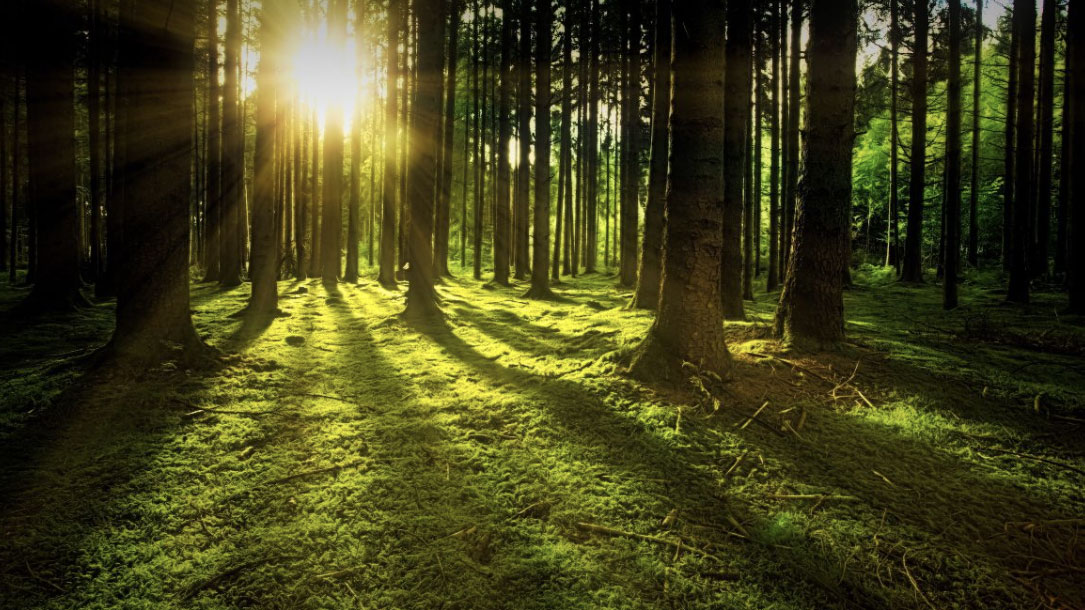
A top U.S. seller of carbon offsets starts investigating its own projects
Following concerns that it is facilitating the sale of meaningless carbon credits to corporate clients, the Nature Conservancy says it’s conducting an internal review of its portfolio of carbon-offset projects. The nonprofit owns or has helped develop more than 20 such projects on forested lands mostly in the U.S., which generate credits that are purchased by such companies as JPMorgan Chase & Co., BlackRock Inc., and Walt Disney Co., which use them to claim large reductions in their own publicly reported emissions…
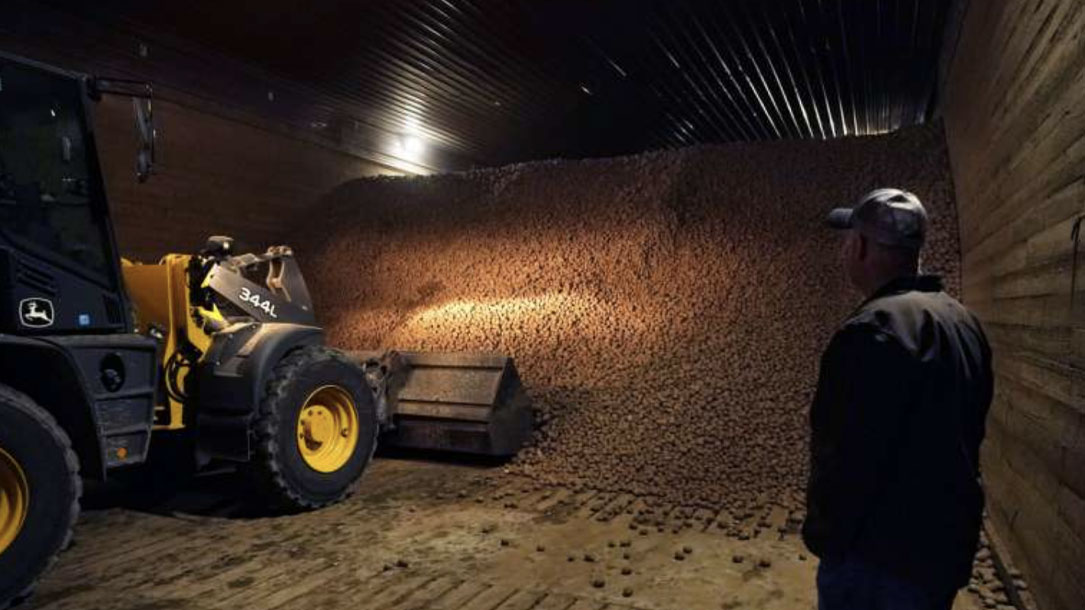
New problems arise for crop storage as planet gets warmer
“There’s a big disconnect in our minds about the chain of events between the field and the grocery store and onto our plate,” [plant physiology scientist Courtney Leisner at Auburn University] said. “Just a few degrees can make all the difference in whether it’s economical to store the fruits and vegetables that we expect to have on our dinner table 365 days a year.”
Aside from potentially higher prices, climate change may worsen food shortages caused by spoilage. About 14% of food produced globally—and 20% of fruits and vegetables—goes bad between harvest and retail, according to the United Nations Food and Agriculture Organization. Wasted food is a significant source of greenhouse gases…

Six ways to stay balanced during the climate crisis
Know anyone stressed out about a warming planet? A surgeon and a psychotherapist offer advice on how to grow more resilient.
Research suggests that although there may be a genetic component, resilience is a function of a potpourri of factors, not a must-have gene, trait, or cultural determinant. Resilience also appears to cut right through social classifications of culture, race, class, gender identity, religion, and political affiliation. This knowledge that resilience is widely distributed is encouraging, as is the fact that it can be developed and nurtured…

The future of birds in our national parks
Audubon scientists have teamed up with colleagues from the National Park Service to look at how the accelerating change in climate will affect the birdlife in 274 National Park Service properties. Detailed reports for every park list birds for which the climatic conditions will be getting better or worse or staying the same. The reports also predict some species that might disappear from each park and others that could move in.
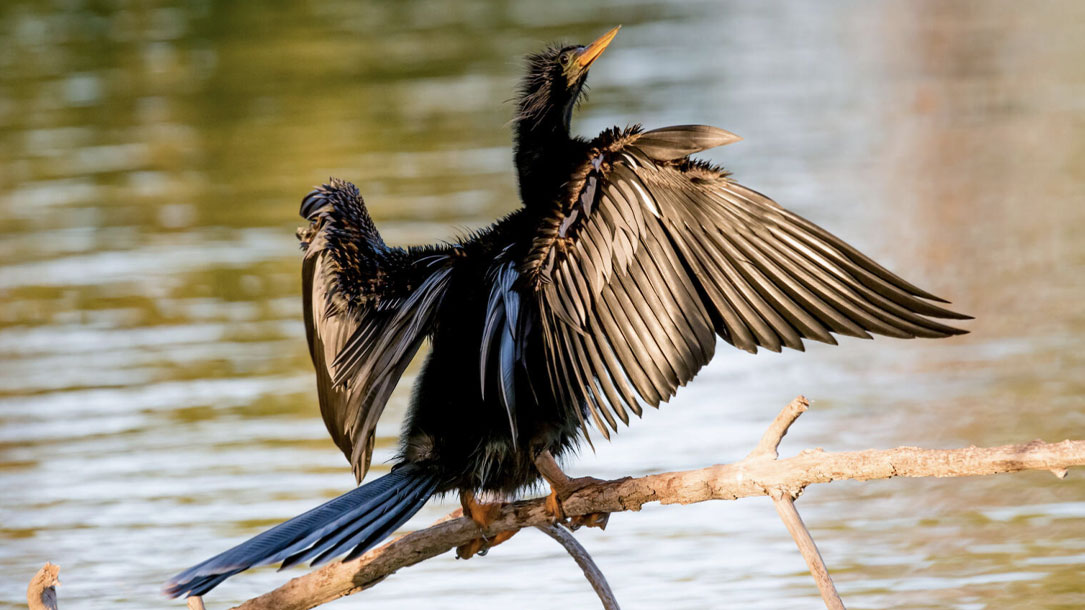
Climate change could cause shifts in bird ranges that seem unbelievable today
Audubon scientists have teamed up with colleagues from the National Park Service to look at how the accelerating change in climate will affect the birdlife in 274 National Park Service properties. Detailed reports for every park list birds for which the climatic conditions will be getting better or worse or staying the same. The reports also predict some species that might disappear from each park and others that could move in.
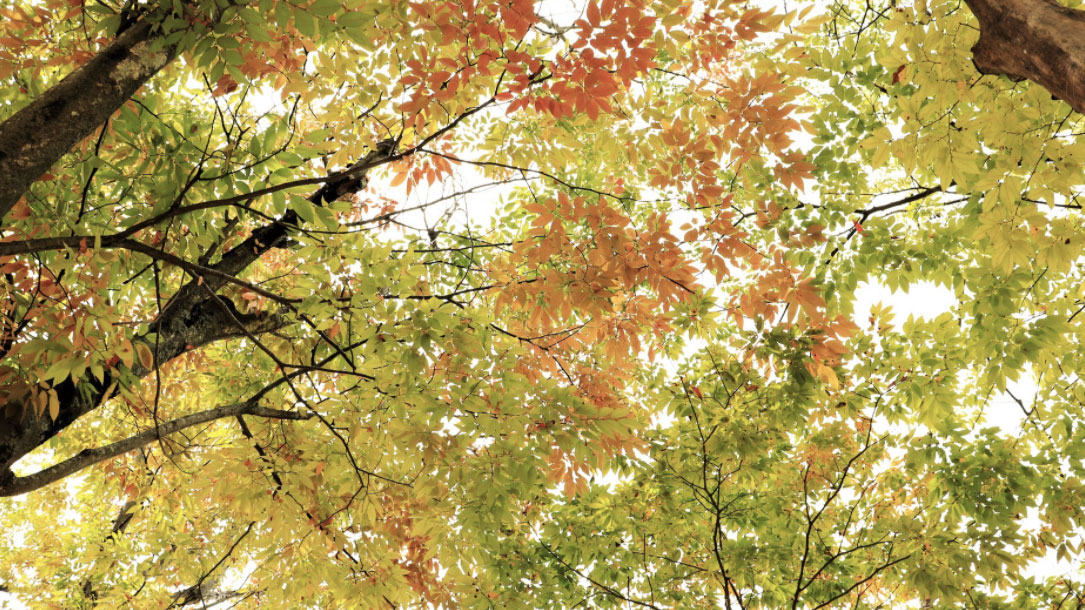
Challenges to the reforestation pipeline in the United States
To accelerate reforestation, the entire “pipeline” for tree planting (i.e., seeds, nurseries, outplanting, and post-planting activities) would need to be scaled up, including seed collection and storage, nursery production, outplanting, and post-planting treatment and monitoring. Thus, identifying regional limitations and potential solutions is necessary for reforestation to be deployed at scale.
Based on an estimate of reforestable land, a survey of nursery managers, a survey of foresters, and a synthesis of the available literature, we estimated how many seedlings would be required, compared that to current production, examined where potential limitations exist in the reforestation pipeline, and offered some potential solutions to projected limitations…

Natural climate solutions
In short, it’s time for us to realize that this energy work is core to our conservation mission—perhaps as much or more so right now as invasive species. Check out this informational graph, and the scientific article, linked.

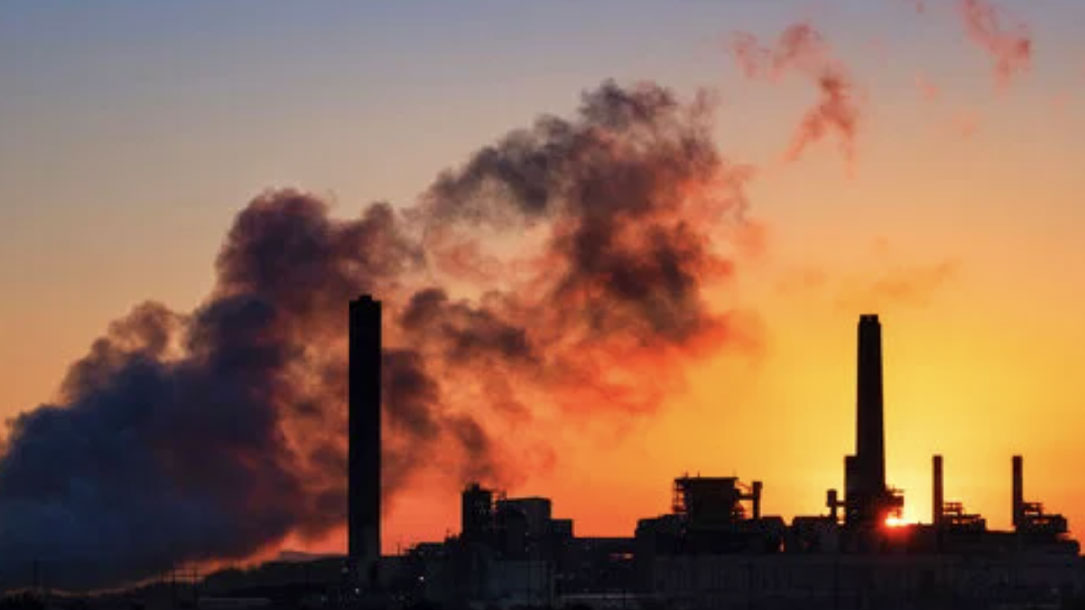
Global carbon dioxide emissions spike to critical record despite COVID-19 year
“The global carbon dioxide emissions spiked to a critical record despite the COVID-19 year. The 421.21 parts per million count from Saturday is a grim milestone for anthropogenic climate change. In roughly 200 years, the amount of CO2 has doubled the amount it took billions of years to accumulate. The amount has never exceeded 420 parts per million until now…”
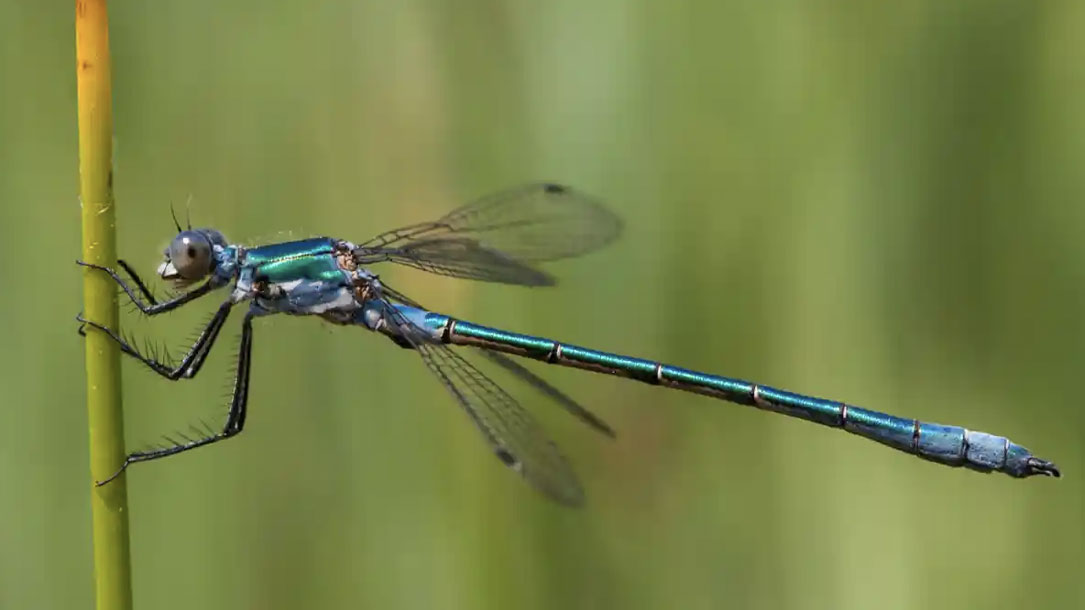
Insect populations suffering death by 1,000 cuts, say scientists
Insect populations are suffering “death by a thousand cuts”, with many falling at “frightening” rates that are “tearing apart the tapestry of life”, according to scientists behind a new volume of studies.
The insects face multiple, overlapping threats including the destruction of wild habitats for farming, urbanisation, pesticides and light pollution. Population collapses have been recorded in places where human activities dominate, such as in Germany, but there is little data from outside Europe and North America and in particular from wild, tropical regions where most insects live.
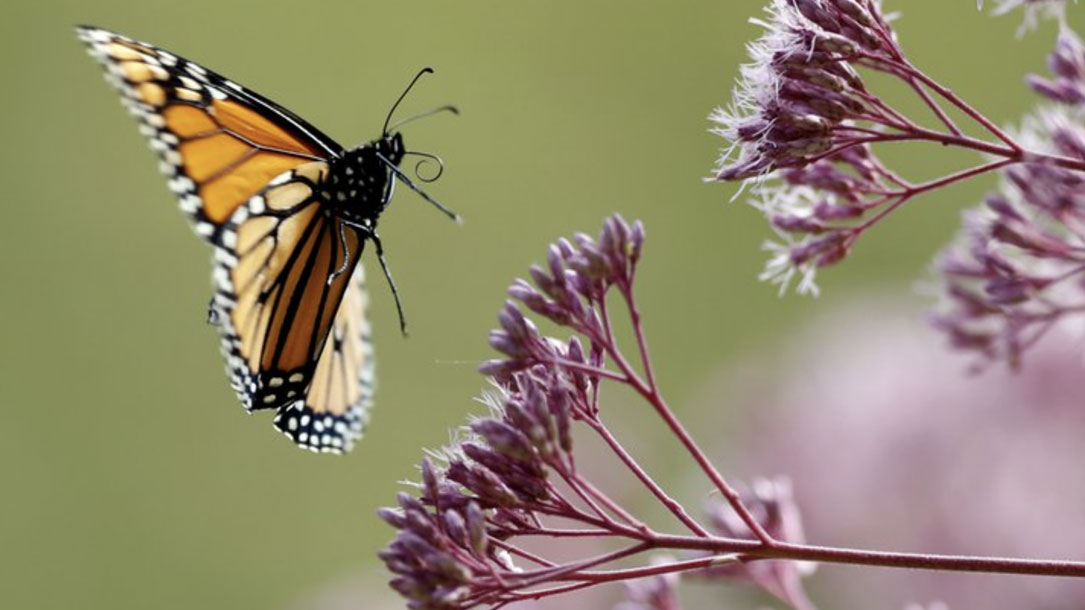
Scientists decry death by 1,000 cuts for world’s insects
The world’s vital insect kingdom is undergoing “death by a thousand cuts,” the world’s top bug experts said.
Climate change, insecticides, herbicides, light pollution, invasive species and changes in agriculture and land use are causing Earth to lose probably 1% to 2% of its insects each year, said University of Connecticut entomologist David Wagner, lead author in the special package of 12 studies in Monday’s Proceedings of the National Academies of Sciences written by 56 scientists from around the globe.












